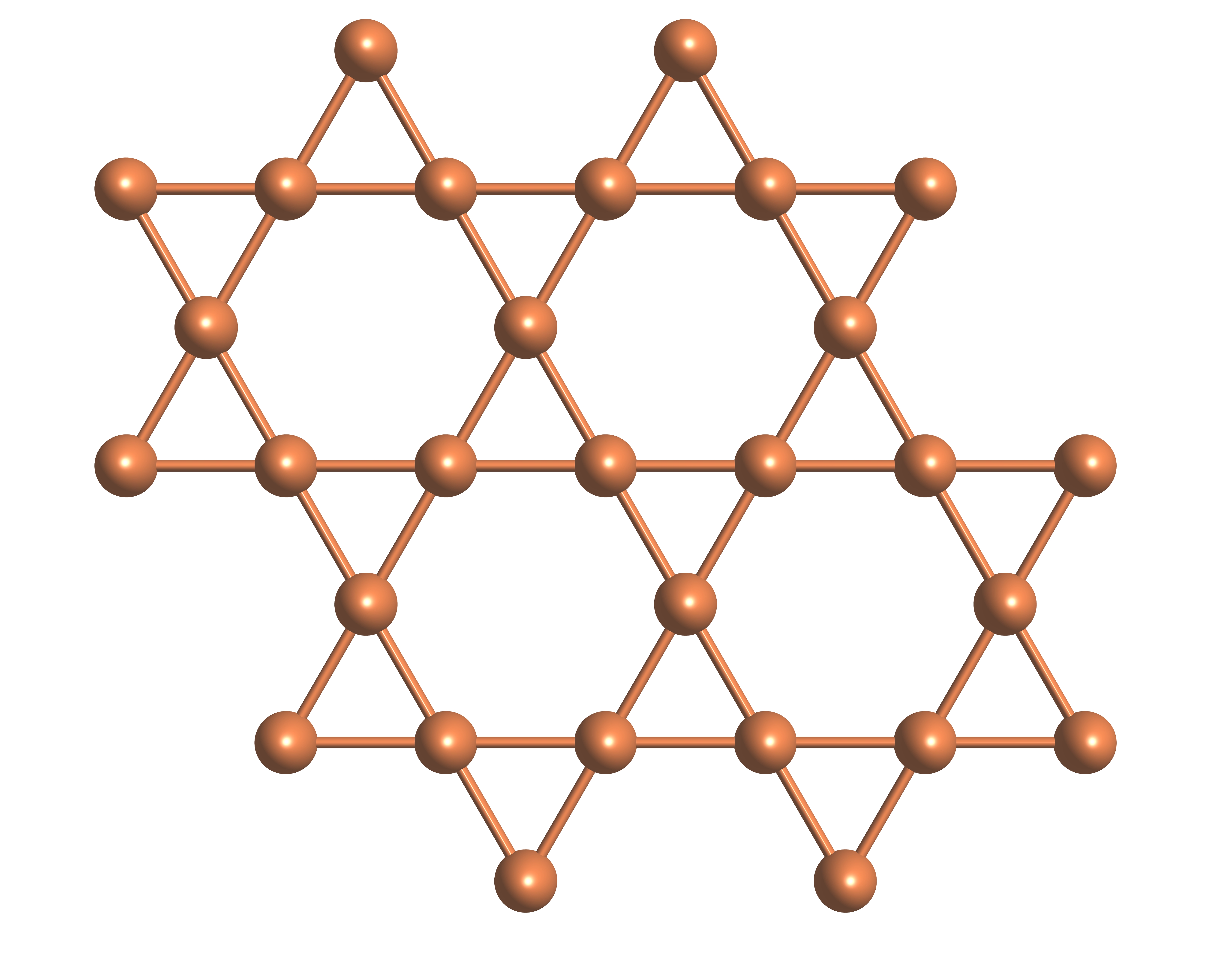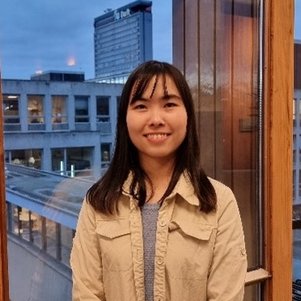Kagome: promising quantum material to study superconductivity
Quantum scientists from the Ali Lab at Delft University of Technology and their collaborators from the Max Plank Institute of Microstructure Physics, University of California Santa Barbara, and others, have found proximity–induced superconductivity with strong magnetic field direction dependence and a signal of edge supercurrent inside a Kagome metal. The study, published in Science Advances, shows the promising properties of Kagome metals to investigate unconventional superconductivity and Josephson devices.
A Kagome metal has a very specific and unusual atomic arrangement in its lattice that is named after the Japanese basketweave pattern of triangles and hexagons. These patterns have been found in many materials, and have fascinated researchers for a long time because of the quantum phenomena that present themselves within them, such as electron correlation induced properties (e.g. superconductivity with zero resistance), topological properties, and magnetism.

Superconducting sandwich
“In this research, we fabricated Josephson junctions of the topological Kagome metal K1-xV3Sb5: a structure formed by a sandwich of two niobium superconductors with a non-superconducting K1-xV3Sb5 barrier in between them”, says quantum physicist Yaojia Wang, who led the project. “By lowering the temperature, the Cooper pairs in superconductors can tunnel through this barrier, giving rise to supercurrent going through the junction.”
Intriguing superconducting phenomena
The researchers saw several quantum phenomena arising in the Josephson junction. Wang: “We found that the magnetic response of resistance of the Josephson junction is dependent on sweeping direction of the applied magnetic field. In addition, the magnetic response of critical current, named interference pattern, is different when applying in-plane and out-of-plane magnetic field. These features indicate that there is internal local magnetic field in the K1-xV3Sb5, which influences the transport of Cooper pairs between two superconducting electrodes in the junction.”
The unusual suppression of critical current near zero magnetic field on the out-of-plane interference pattern implies the possibility of unconventional superconductivity with the existence of spin-triplet Cooper pairs in the junction. This is different from conventional Cooper pairs with spins in opposite directions, which normally give rise to an interference pattern with a central peak of critical current near zero magnetic field. Besides these observations, a long-lived fast oscillation on the interference pattern provides evidence of spatially localised superconducting channels at the edges of K1−xV3Sb5, arising from the topological edge state of this material.
Superconducting devices
The results in this work show the potential of Kagome quantum materials for investigating unconventional superconductivity, which is one of the important topics for superconducting electronics. Superconductivity is an important property in fundamental science, and has large potential for device applications, such as ultrasensitive sensors and quantum computing. The Josephson junction is an important structure in many of those applications, such as being the basis for superconducting qubits, and Josephson junctions made of quantum materials might provide new opportunities for the exploration of superconducting devices.
More information:
Anisotropic proximity-induced superconductivity and edge supercurrent in Kagome metal, K1-xV3Sb5
Yaojia Wang, Shuo-Ying Yang , Pranava K. Sivakumar , Brenden R. Ortiz , Samuel M. L. Teicher, Heng Wu, Abhay K. Srivastava, Chirag Garg, Defa Liu, Stuart S. P. Parkin, Eric S. Toberer, Tyrel McQueen, Stephen D. Wilson, Mazhar N. Ali
Science Advances 12 July 2023
